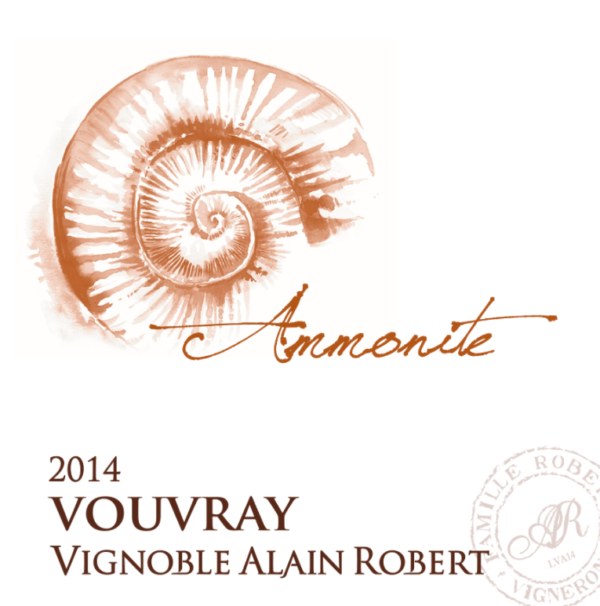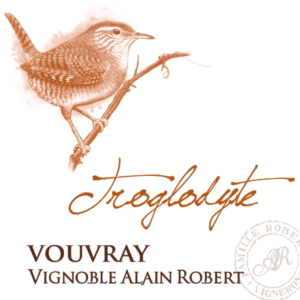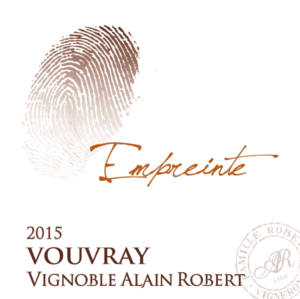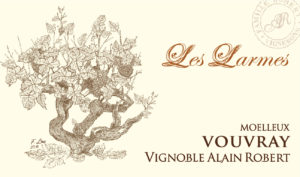
Vouvray Sec – Ammonite
$1.00
| Country | France |
|---|---|
| Region | Loire |
| Producer | Alain Robert |
| Size | 750mL |
| Style | White |
| Practices | Sustainable |
| Grapes | Chenin Blanc |
| Other Features | Indigenous yeasts |
This cuvée was first produced in 2013. 100% Chenin Blanc from vines grown on clay/flint soil, coming from three parcels south-east of Chançay, amongst the oldest. The grapes were hand-harvested at the beginning of October, then sorted to only keep the ones at optimum maturity. Fermented with indigenous yeasts then cold-settled in stainless steel tanks. Aged on the fine lees for 12 months, in 228 liters barrels – 25% new, with the remaining one to three year old. Light filtration before bottling. Aromas of pear and vanilla alongside mineral notes.
About the Producer

Cyril and Catherine, pictured above, are now running the domaine founded in 1973 by their parents, Christiane and Alain Robert. Cyril trained in Champagne and joined in 2000, followed by his sister Catherine two years later. She brought with her ten years of experience gained in the Loire, including working alongside Jacky Blot at Domaine de la Taille aux Loups.
The property is located in Chançay, just east of Vouvray. The 38 hectares of vineyards, situated around the estate and in the neighboring village of Noizay, are mostly planted with Chenin Blanc, on silex and clay-limestone soil. Chardonnay, Grolleau and Chenin Noir (Pineau d’Aunis) are also cultivated on a few parcels. The domaine produces a full range of Vouvrays, sec to demi-sec, moelleux and liquoreux, as well as some méthode traditionnelle Vouvray and Touraine.
Farming practices: Sustainable. Grass is allowed to grow between the rows and no chemical fertilizer is used. Organic matter is brought in to nourish the parcels, starting at the end of autumn. No pesticides are used - they are replaced by pheromones (racks are placed in the vineyard every spring) to combat grape worms by preventing the reproduction of the moths. Use of copper and sulfur only when needed to prevent the development of mildew and black mildew. Depending on the wines, the grapes are harvested either by hand or machine. When machine-harvested, the damaged grapes are manually removed beforehand in order for the machine to collect perfectly healthy and mature grapes.
Vinification practices: pneumatic pressing – maximum 1.6 bar, in order not to damage the grapes. No chaptalisation, no acidification or de-acidification. Indigenous yeasts for all the fermentations taking place in barrels and for some of the fermentations taking place in stainless steel tanks. Otherwise, use of selected non-aromatic yeasts. In tanks, the alcoholic fermentation is conducted through a temperature-control process. The use of SO2 during all the vinification process and at bottling is kept to a minimum.
Alain Robert

related products
-
Alain Robert
Vouvray Brut – Troglodyte
-
Alain Robert
Vouvray Sec – Empreinte
-
Alain Robert
Vouvray Moelleux – Les Larmes



